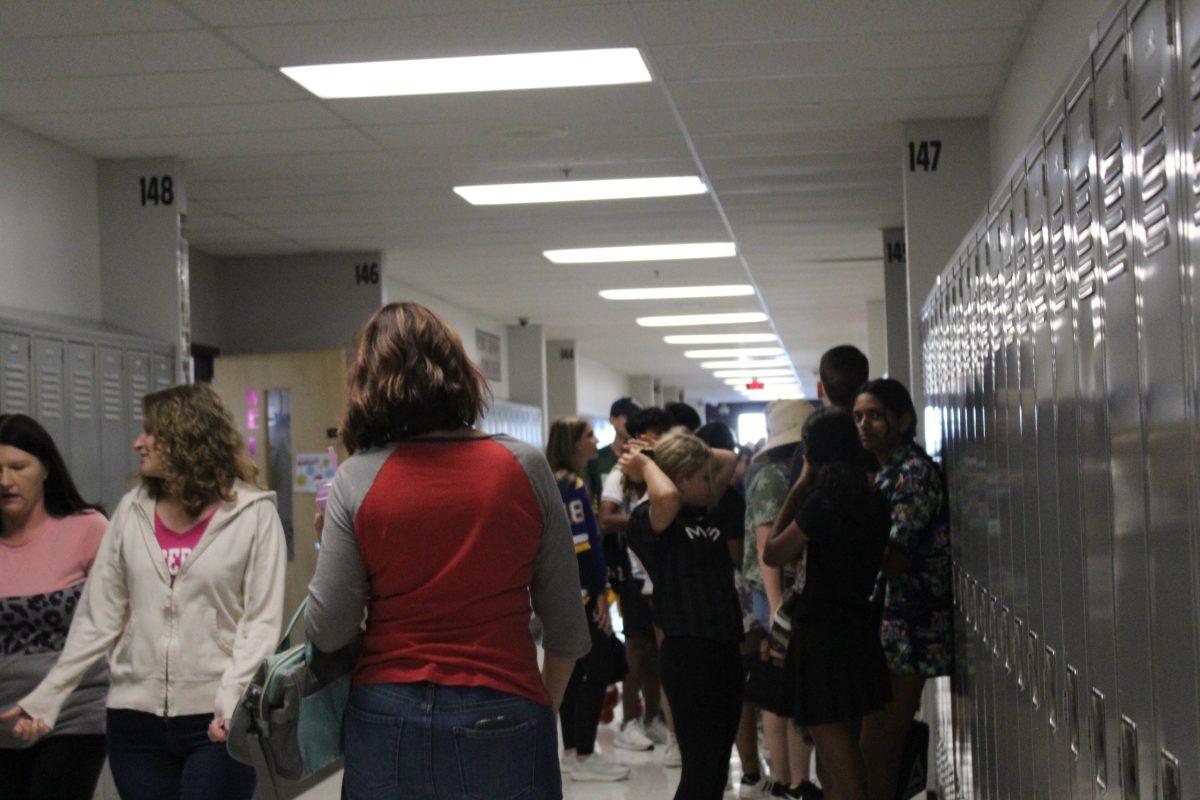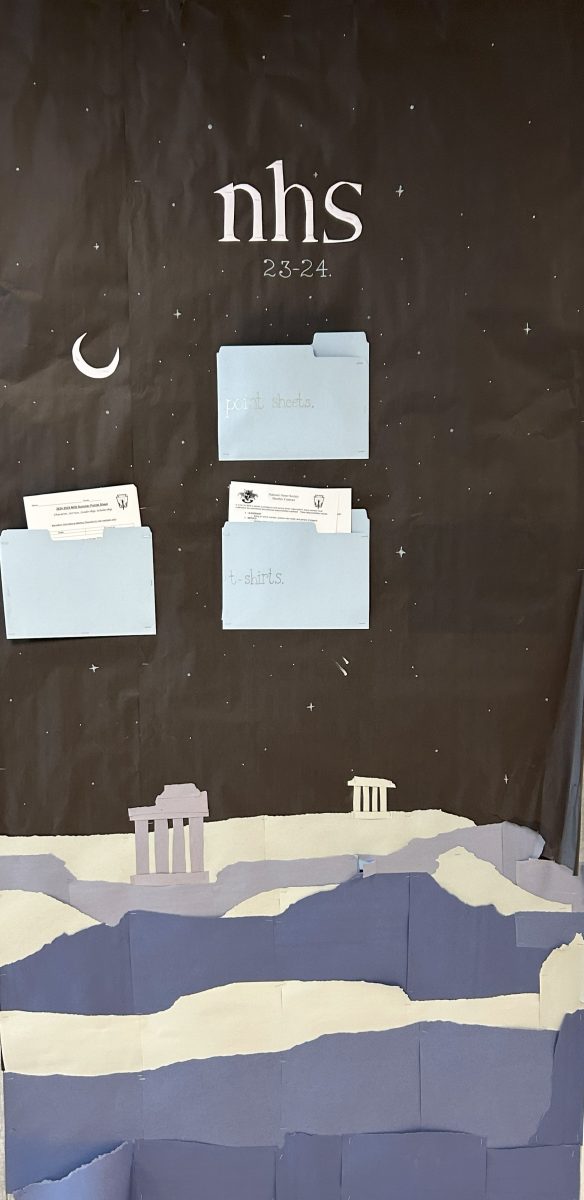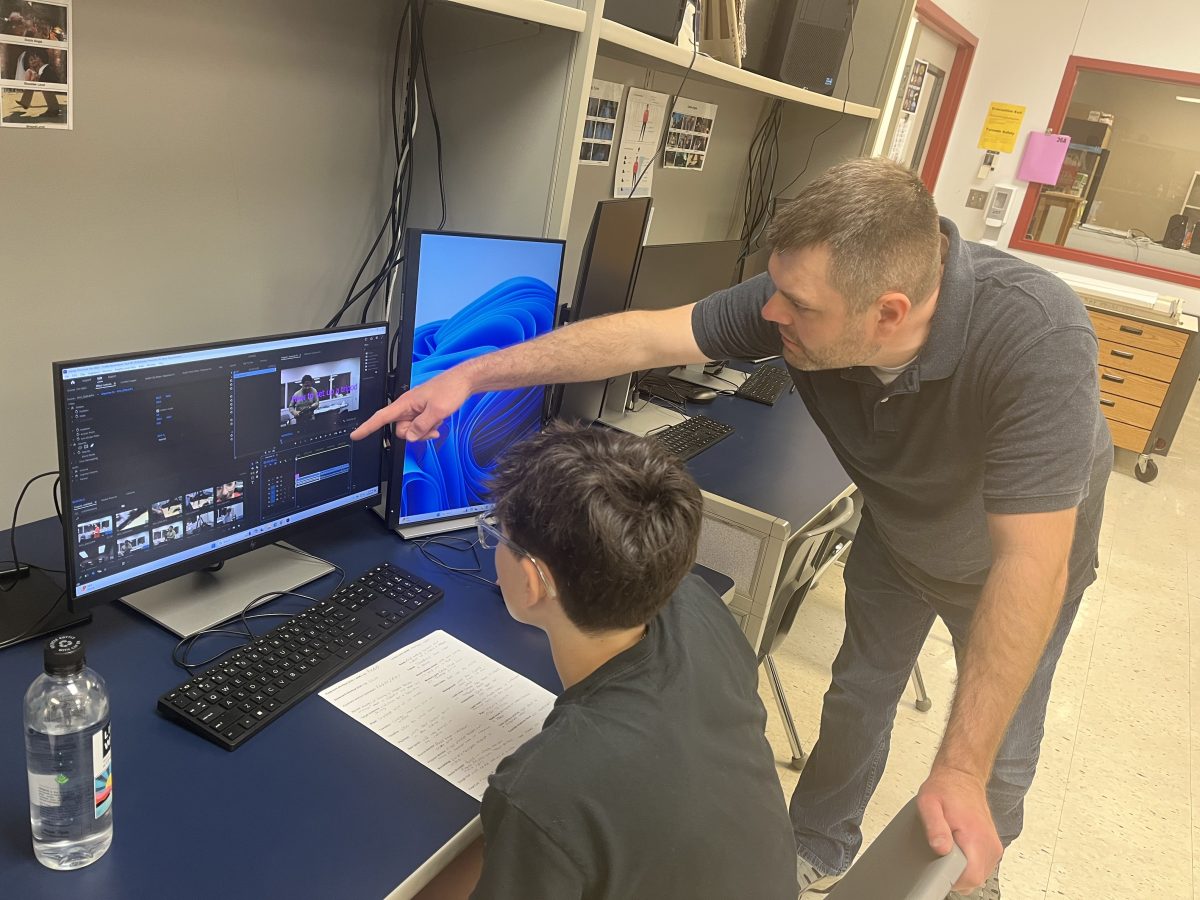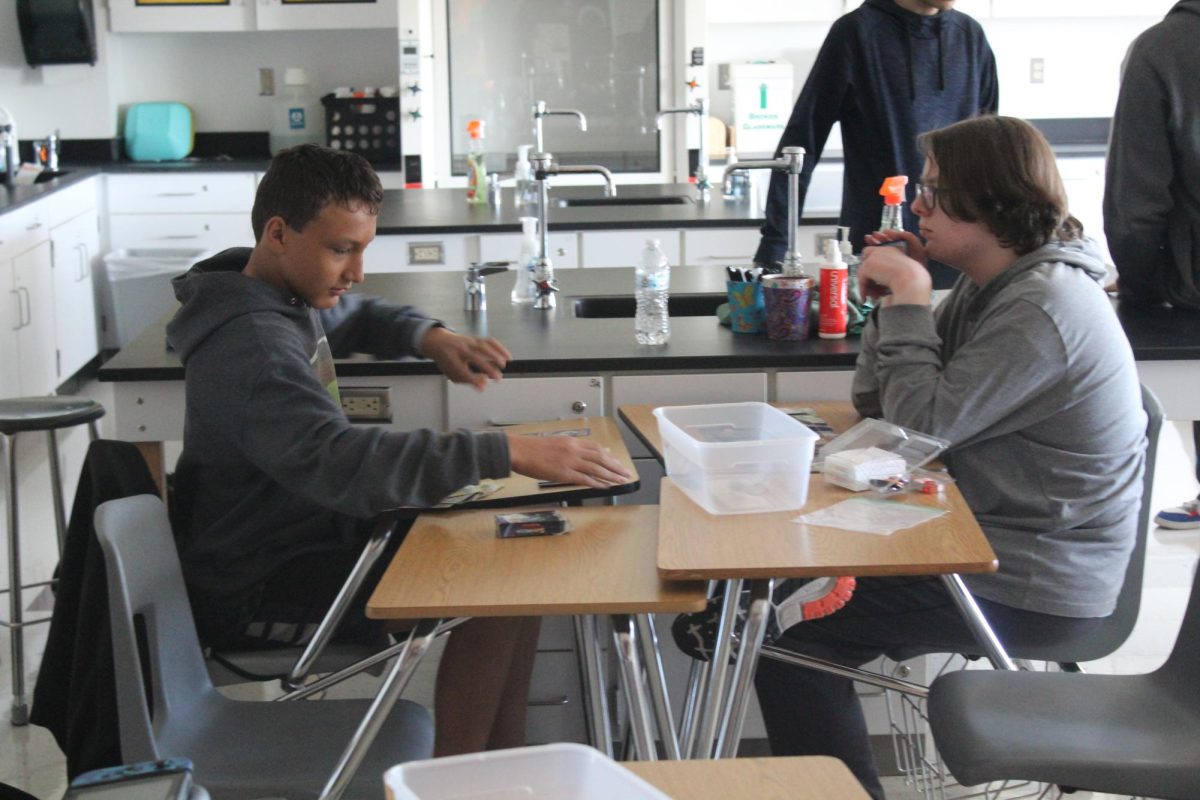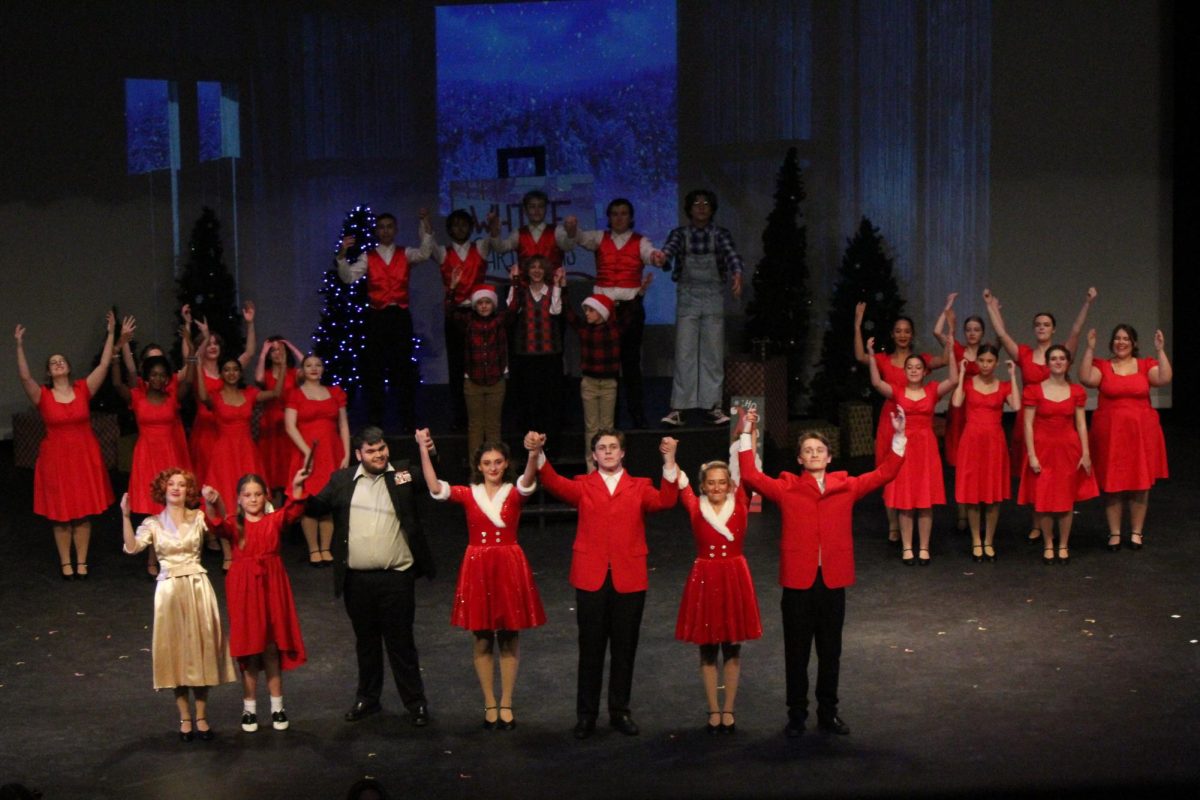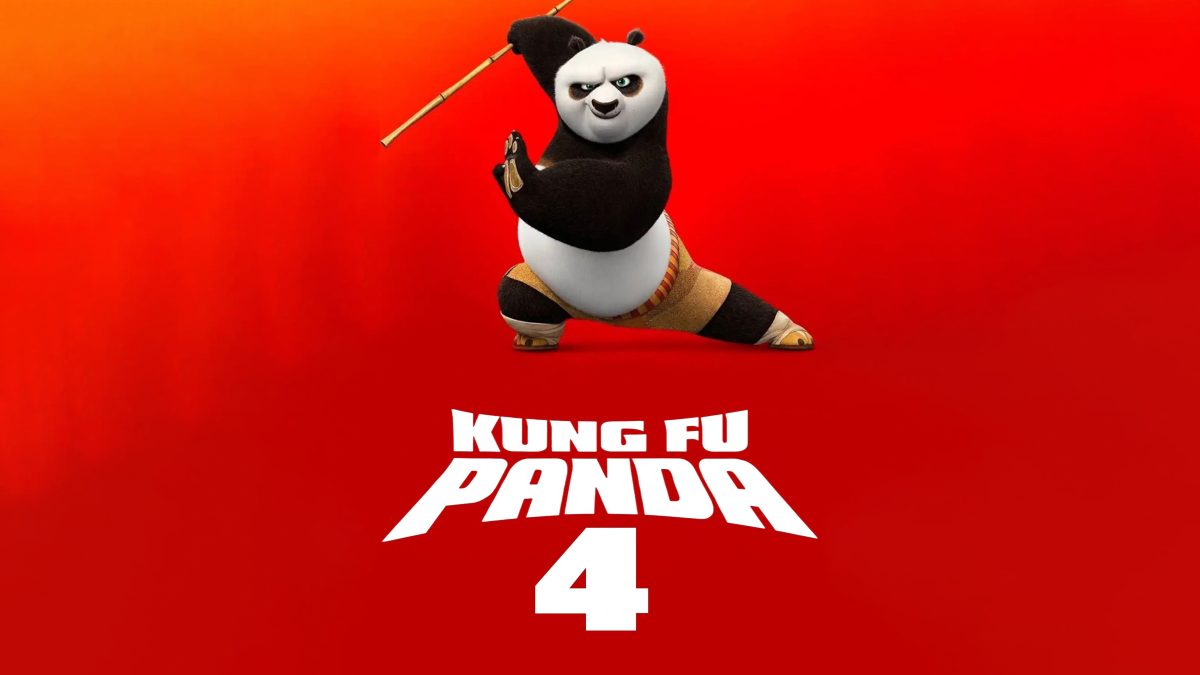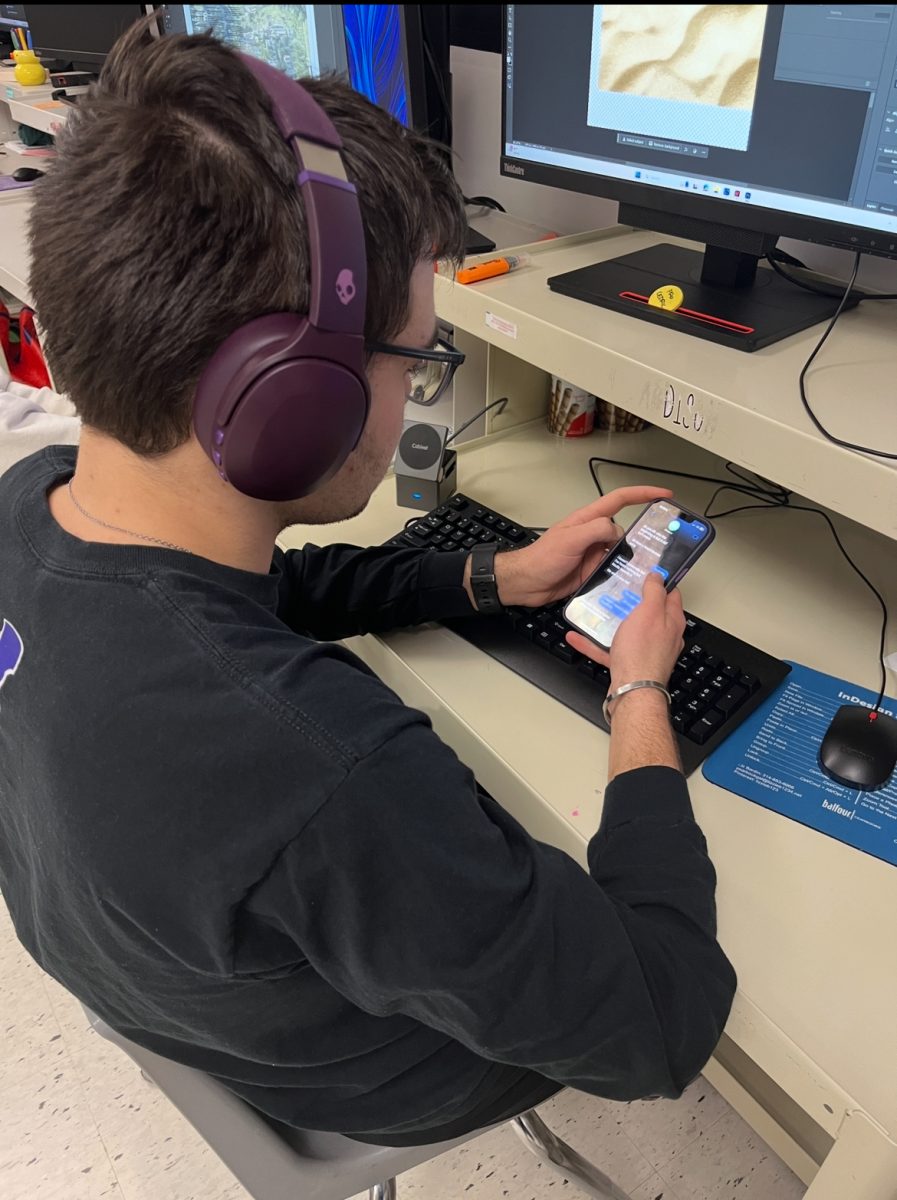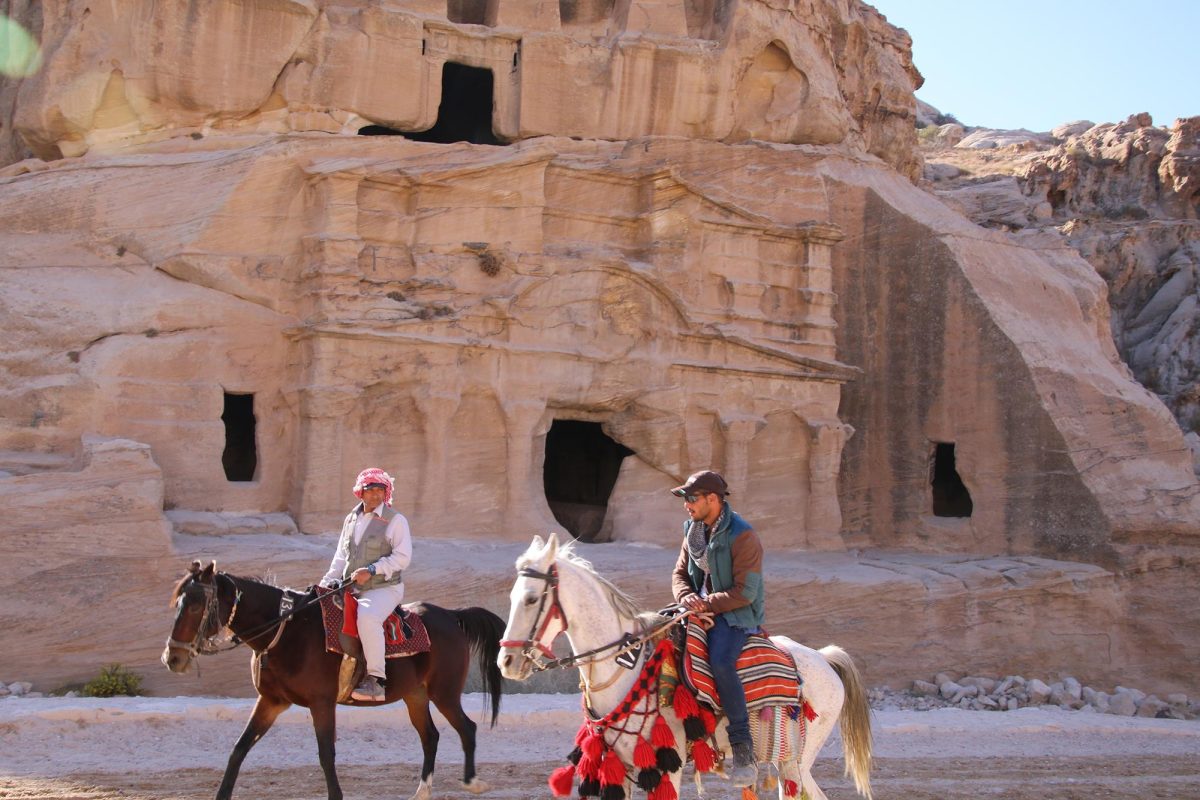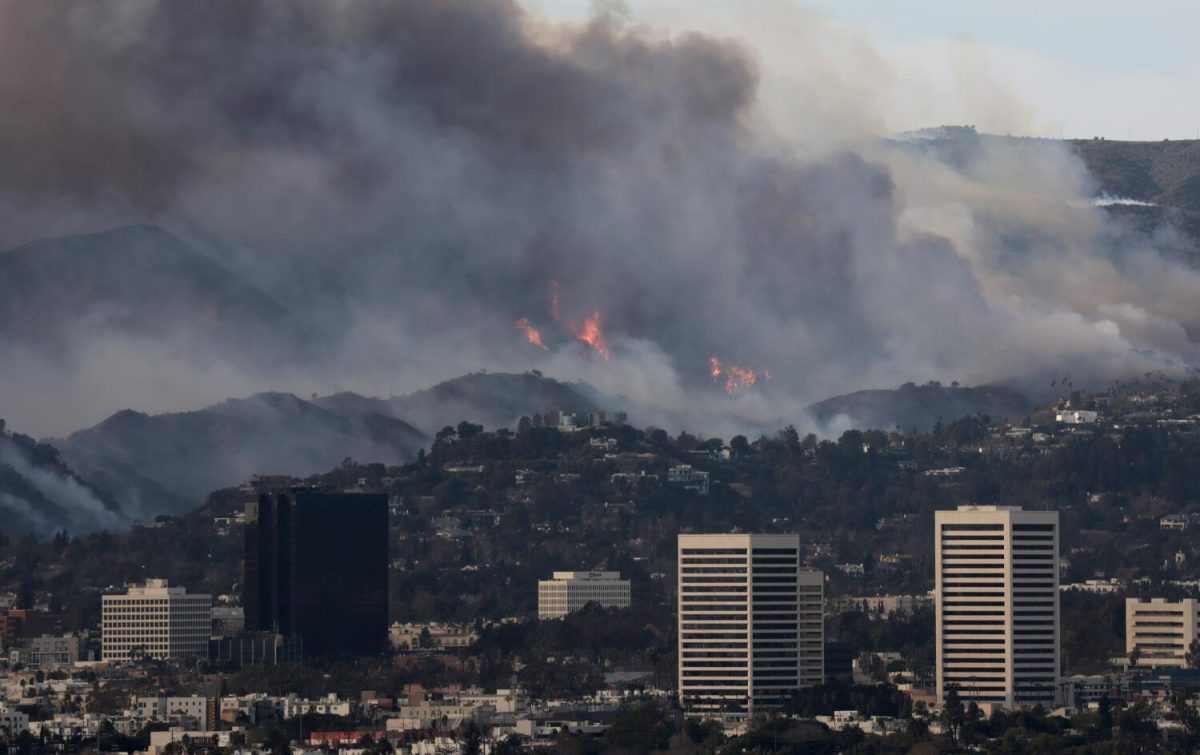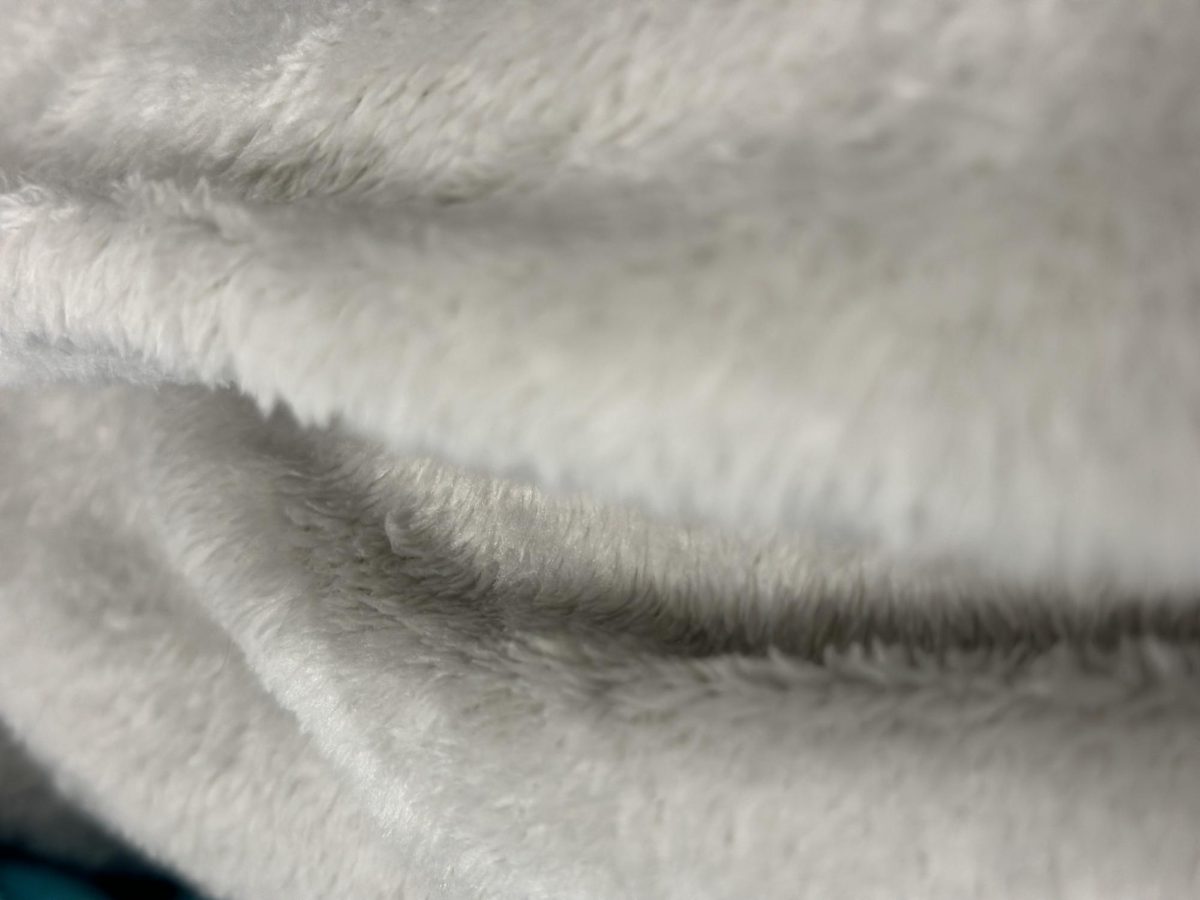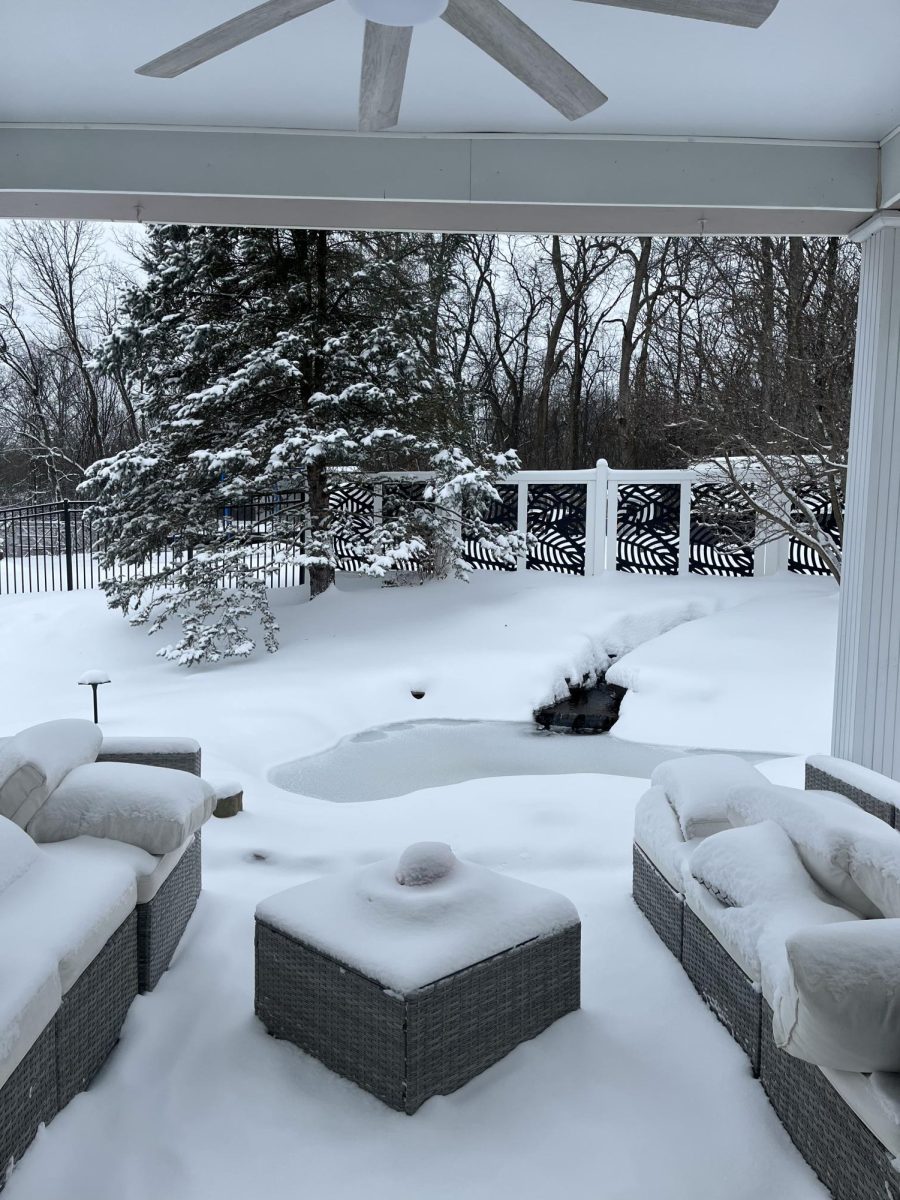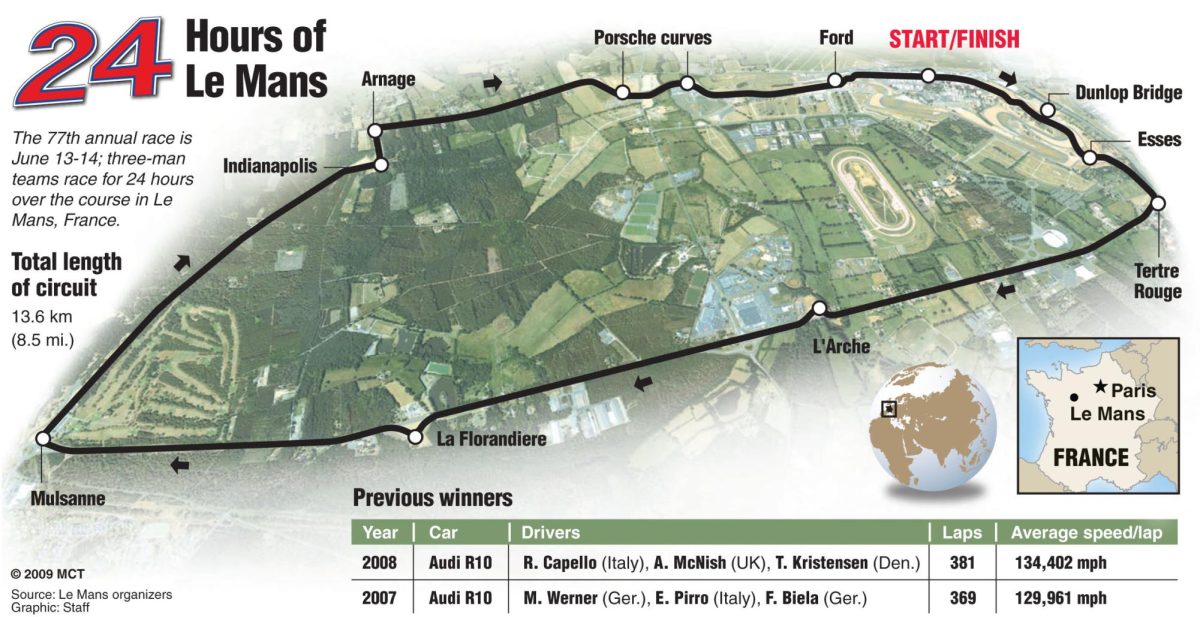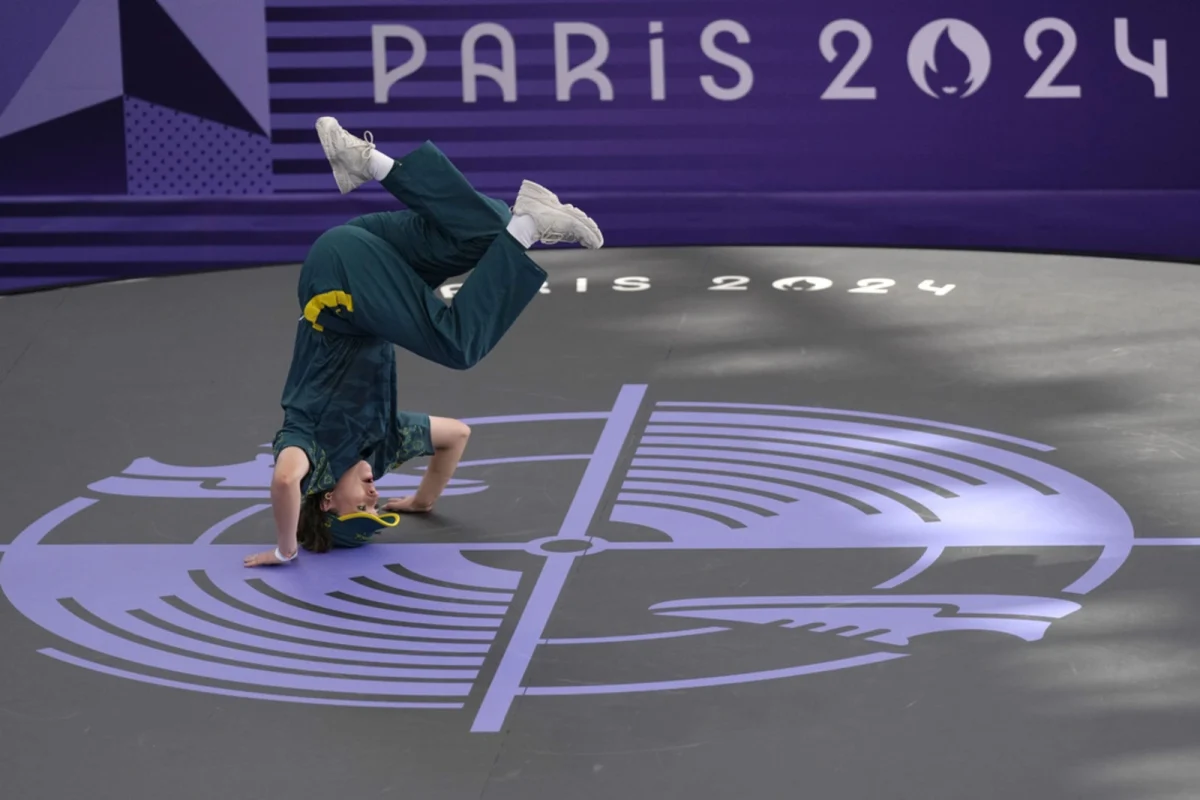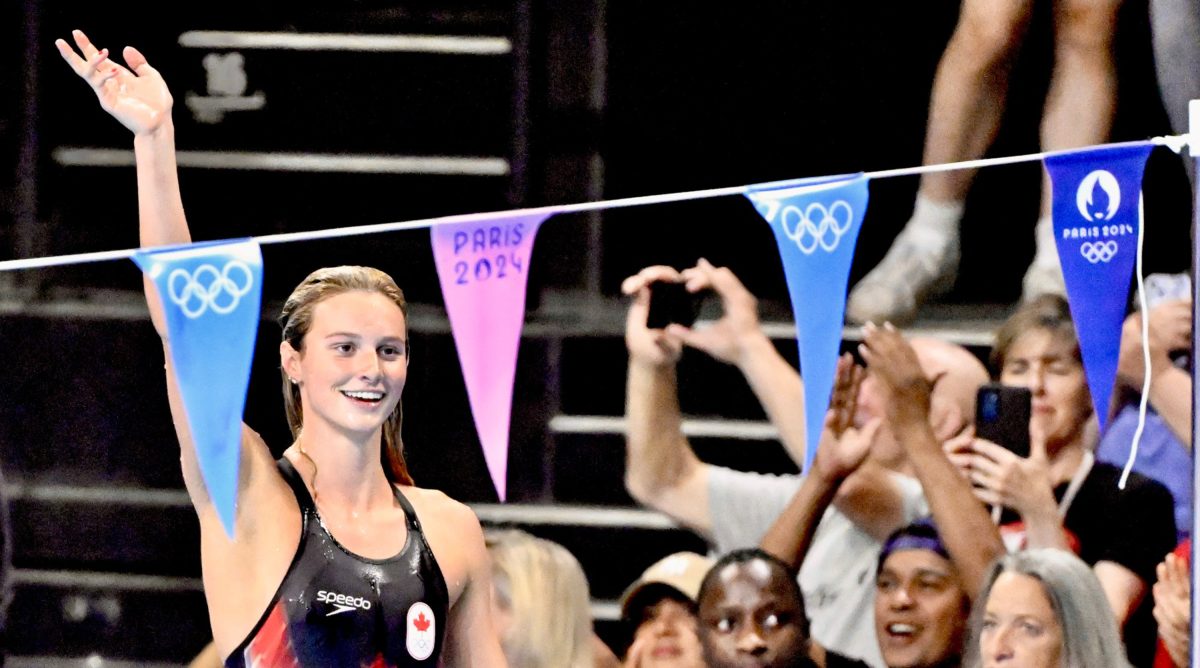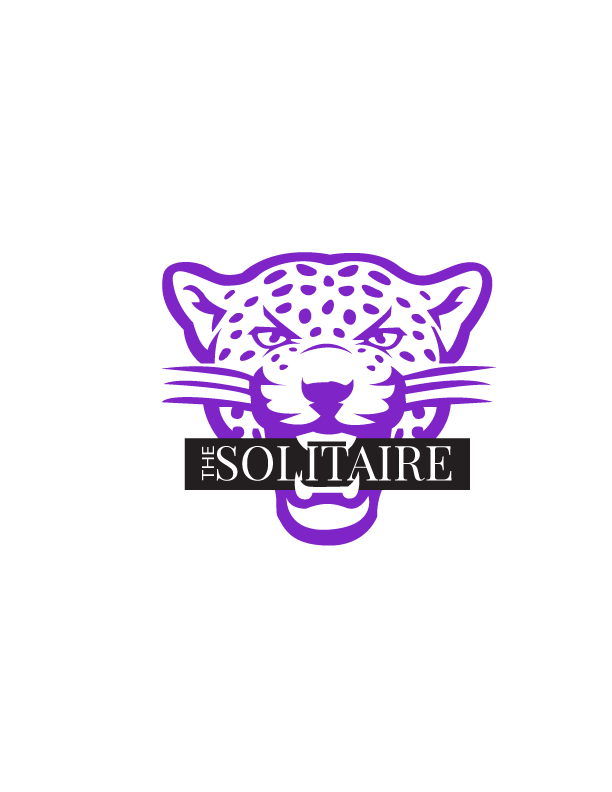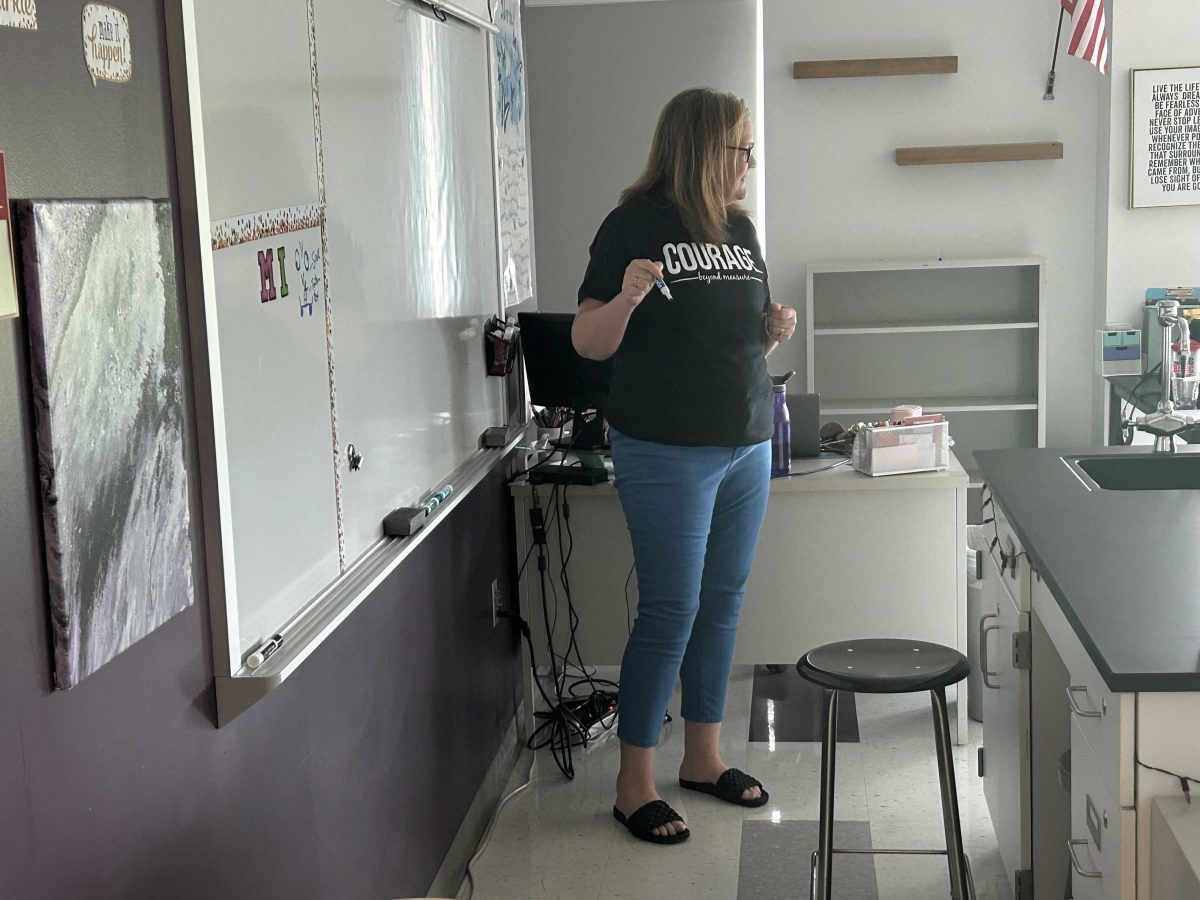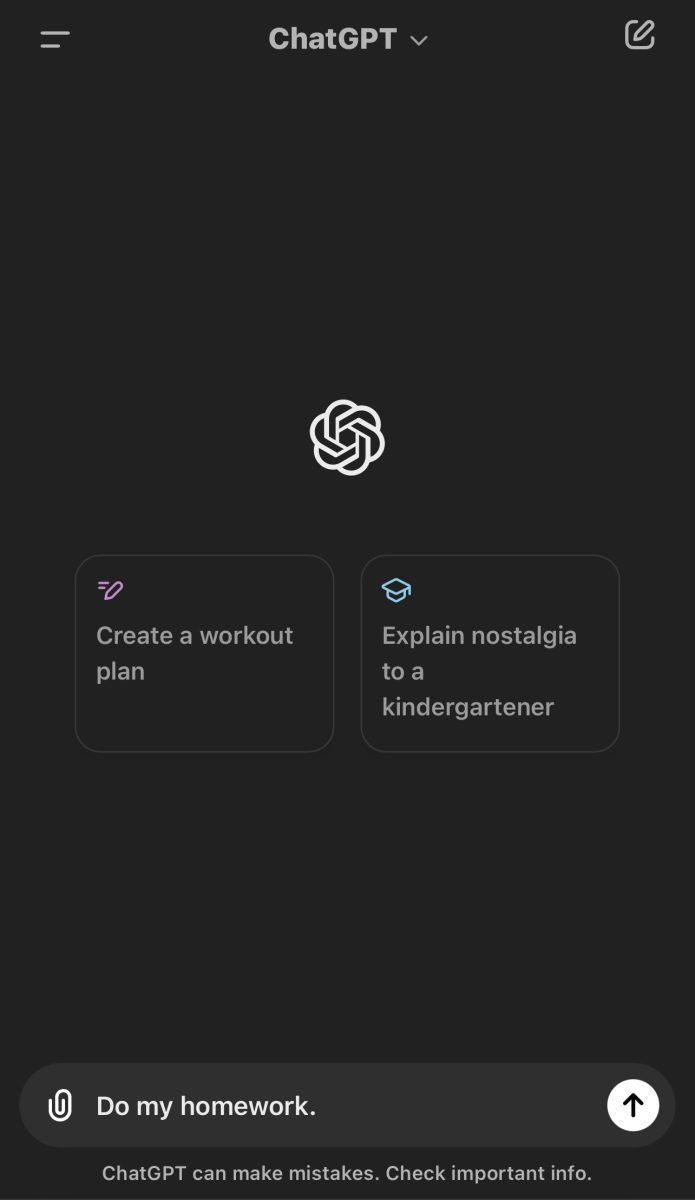Ancient Egypt
Formal schooling only really existed for privileged youth. There were two types of schools, one for scribes and one for priest trainees. Scribes began their schooling at the age of five, where they would study reading and writing until the age of 16 or 17. Scribes also began practical training at the age of 13 or 14 in offices for the profession they would be entering. Training for priesthood began at the temple college at the age of 17. Due to deviation from the traditional norm being strictly prohibited, severe discipline was applied to prevent deviation and achieve unity in cultural transmission, according to britannica.com.
Mesopotamia
Education in Mesopotamia was very similar to ancient Egypt in that it was focused on training scribes and priests. Basic education consisted of reading, writing and religion, while higher education was comprised of law, medicine and astrology, according to britannica.com.
Northern China
Ancient Chinese education was largely secular, and its main purpose was to develop a sense of morality and duty towards the people and the state. While it is not known what year formal schooling emerged in China, it is known it appeared around the Zhou dynasty. In these schools, students would get moral training and practice in rituals by word of mouth and example, according to britannica.com.
The Maya
Once again, Mayan education was focused on training priests, as the priesthood was viewed as one of the most prestigious positions. Priests had to undergo rigorous training and education to obtain their title. Subjects that were taught included history, writing, medicine, methods of divining, and the calendar system, and they were also taught self-restraint, cooperative work, and moderation, which was used to develop self discipline, according to britannica.com.
The Aztecs
Priests and noble elders called conservators, were in charge of education. A conservator’s main job was to teach poetry and divine songs, as well as censoring new poems and songs. The calmecac (kal-me-kak) was a school for noble boys who enrolled into the school at the age of 10. In the calmecac, history of the empire and the region was taught systematically through poetry and music, as well as using visuals. This was to make memorization of events easier as well as retaining interest, according to britannica.com.
The Inca
Education in the Incan empire consisted of two categories, vocational education for commoners and training for the nobility. Education for the common Inca prepared them for collective agriculture. At the age of five every child was taken by the government and their education was taught by government officials. Education for the nobility consisted of a four year program. Their first year, students learned the language of the nobility, Quechua (keh-chuh-wuh). Second year, students studied religion. Third year, students studied the quipu (kee-poo), a complex system of colored strings used for accounting purposes. Fourth year, students learned about history, geometry, geography and astronomy. After four years of education, students had to pass a series of examinations in order to attain full status among Inca nobility.

